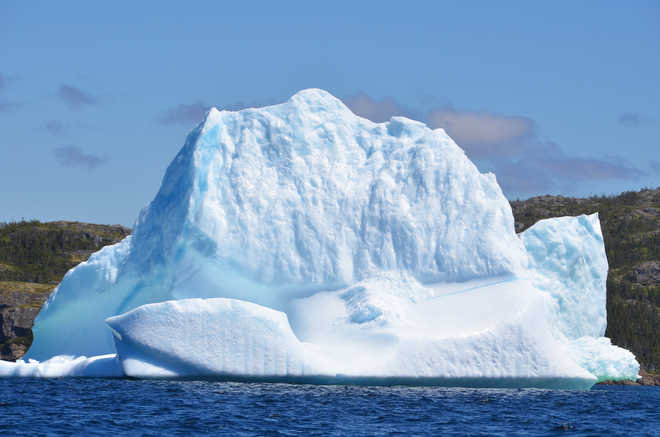
Photo: Thinkstock
Washington
The decline of the Arctic sea ice cover may have temporarily slowed down, despite climate change and global warming, a NASA study has found.
As temperatures in the Arctic have warmed at double the pace of the rest of the planet, the expanse of frozen seawater that blankets the Arctic Ocean and neighbouring seas has shrunk and thinned over the past three decades.
The end-of-summer Arctic sea ice extent has almost halved since the early 1980s.
A recent NASA study found that since 1958, the Arctic sea ice cover has lost on average around two-thirds of its thickness and now 70 per cent of the sea ice cap is made of seasonal ice, or ice that forms and melts within a single year.
However, at the same time that sea ice is vanishing quicker than it has ever been observed in the satellite record, it is also thickening at a faster rate during winter.
This increase in growth rate might last for decades, a new study accepted for publication in Geophysical Research Letters found.
This does not mean that the ice cover is recovering, though. It’s just delaying its demise, researchers said.
"This increase in the amount of sea ice growing in winter doesn't overcome the large increase in melting we've observed in recent decades," said Alek Petty, a sea ice scientist at NASA's Goddard Space Flight Center in the US.
"Overall, thickness is decreasing. Arctic sea ice is still very much in decline across all seasons and is projected to continue its decline over the coming decades," said Petty.
Researchers used climate models and observations of sea ice thickness from the European Space Agency's CryoSat-2 satellite to explore sea ice growth variability across the Arctic.
The climate model results compared well both with CryoSat-2's measurements and the results of another commonly used Arctic sea ice model, giving the researchers confidence in the climate model's ability to capture Arctic sea ice variability.
"The global climate model seems to do a good job of capturing the Arctic sea ice state and shows that most of the thickness change in the central Arctic is from thermodynamics, that is, ice formation and ice melt, although around the Arctic sea ice edge dynamics, which is ice transport, can play a bigger role," Petty said.
These model simulations showed that in the 1980s, when Arctic sea ice was on average 6.6 feet thick in October, about 3.3 extra feet of ice would form over the winter.
That rate of growth has increased and may continue to do so for several more decades in some regions of the Arctic; in the coming decades, we could have an ice pack that would on average be only around 3.3 feet thick in October, but could experience up to 5 feet of ice growth over the winter. PTI



























